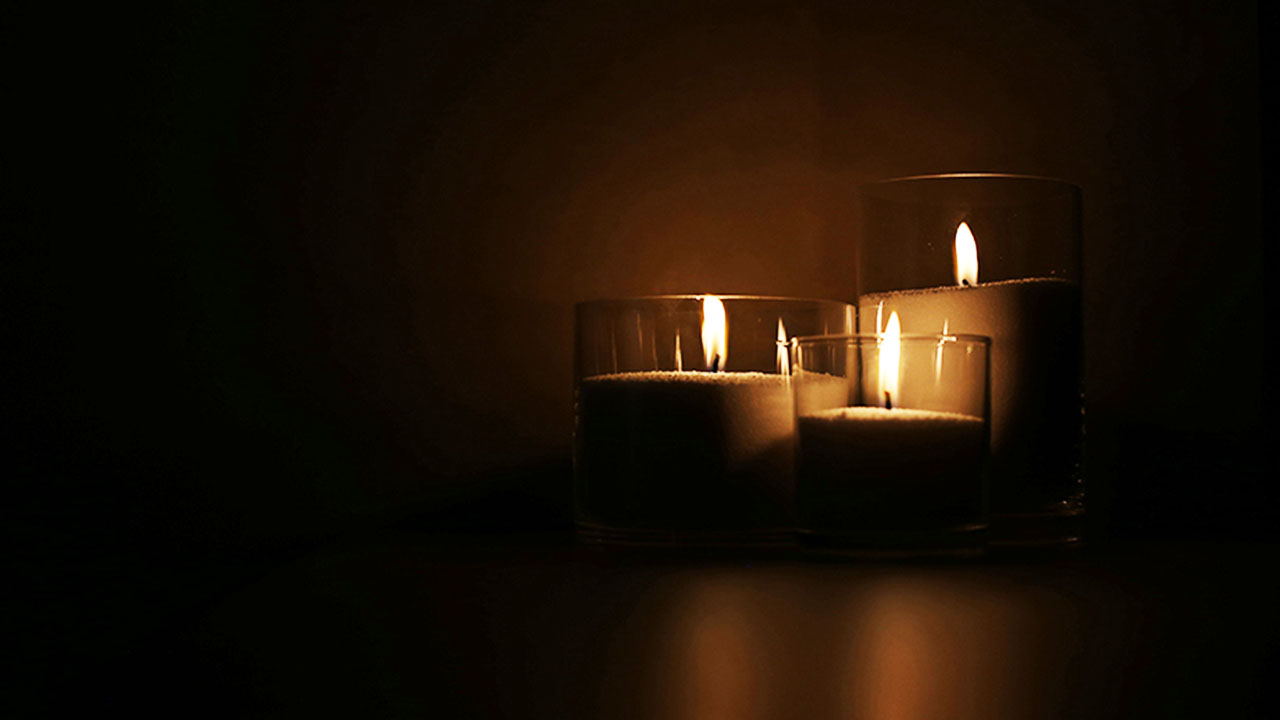Call Me Basic, But Candles Are My Favourite Self-Care
So often, self-care seems to require a ton of money and time. But candles are a simple way we can all feel better in winter and beyond

I am not a winter person. I’ve lived in Canada for my entire life—including stints in snow-heavy cities like Halifax and Montreal—and I’ve tried my hardest to tug a bit of enjoyment out of our flagship season, but I just can’t. I know all about the toboganning and skating and horse-drawn sleighs and mulled wine and the velvet hush of a January twilight, but none of those are enough compensation for the long stretches of misery in between.
When I was a kid, it was the cold that bothered me the most. There’s a damp chill that settles in my bones in November and doesn’t leave until April, no matter how many layers of wool and down and fleece I pile on. As an adult, though, I find the darkness even harder to tolerate. I can feel it at the end of the summer, lurking at the edges of even the sunniest days. Throughout the autumn, the darkness closes in like the mouth of a drawstring bag until there’s only a tiny circle of light left in the centre; everything else is swallowed up by the night. Rationally, I know that in a few months the light will come back, but beneath that I feel a sort of animal panic. Instead of wanting to hibernate, I feel anxious and restless, unable to sleep while the dark comes on and on. Every November when I’m staring down the barrel of another winter, I wonder how I’ll manage the long sprint until spring.
I’ve tried a lot of different coping methods for those times when the night seems endless and sleep seems impossible, but the one thing that has been the most helpful is a self-care strategy so basic that I’m almost embarrassed to mention it: candles. Specifically, scented candles. I’m a bit skeptical of self-care as a concept, because it so often tips into consumerism, selling the idea that the path to a stress-free life is paved with expensive eye creams. I also worry that it makes women feel like their unhappiness is somehow their own fault because they didn’t have the time or money to get a facial or take a long bath. Candles are relatively inexpensive, though; you can get a bag of tealights at the dollar store, and even some of the fancier scented candles fall in the $15–$20 range. They’re accessible in a way that a lot of the items on self-care must-have lists just aren’t.
There’s also something satisfying about candles that goes beyond smelling nice or giving a room a certain aesthetic. It’s life-affirming to have this tiny, private flame to tend to in your home while the darkness presses in from the outside, like a bit of sunshine that you’re carrying through until springtime. The use of candles is common to so many faiths worldwide, which makes sense even beyond the fact that historically they were one of few available light sources; just the act of lighting a candle and bathing in its glow feels like a sacred ritual or invocation. The smell of extinguished matches and melted wax makes me think of childhood birthday parties, votive candles in empty churches, and the nights my university roommates and I used to stay up late drinking wine and playing cards. Watching the magic of a wick catching light makes me feel instantly relaxed, and apparently I’m not the only one.
Candles, as it turns out, play an important part in the Danish concept of Hygge, the idea of cultivating coziness and comfort during the long winter darkness. The Danish word for candlelight translates roughly as “living light,” and they’re a way of having a bit of the natural world indoors when the outdoors feels so lifeless. There are, of course, some dangers associated with having an open flame in your home: the Danes burn more candles per capita than any other population in the world, but they also see a steep rise in house fires during the winter months, and some experts say that candle smoke can increase risk from illnesses like asthma and chronic obstructive pulmonary disease. That being said, if candles are used safely and properly—always monitored, not burned for longer than advised, extiguished before sleep—they can be a great self-care tool.
I still dread the winter months, but spending some time by candelight at night definitely helps. The whole thing feels like a ritual, from picking one out at the store to watching the match strike and catch to settling in next to it with a book and a drink. Sometimes I’ll get extra fancy and take a bath by candlelight, floating and daydreaming beneath the long, strange shadows. I find the scents that help me transition best from day to night are smoky and spicy, things like amber and leather and woodsmoke. They make me think of big armchairs by crackling woodfires, old books in private libraries, heavy curtains drawn against the cold and dark. The winter is long, but the candle’s flame is a sweet reminder that someday the sun will come back. Until then I’ll be safe and warm and smelling faintly smoky.









